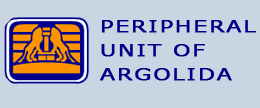The Monastery of “Talantiou”, Old-New (Arachnaio)
| In a distance of 30 km away from the city of Nafplio, built between the mountain range of "Trapezona" and the "Arachnaio" mountain, lies the village, else called "Heli".
The first, the oldest "Katholikon" of the Monastery of "Talantiou" is the holy church of "the Assumption of Virgin Mary", with a chapel next to it, situated on the east corner of the village, after the crossroads connecting "Arachnaio" with another region, that of "Lygourio". |
||
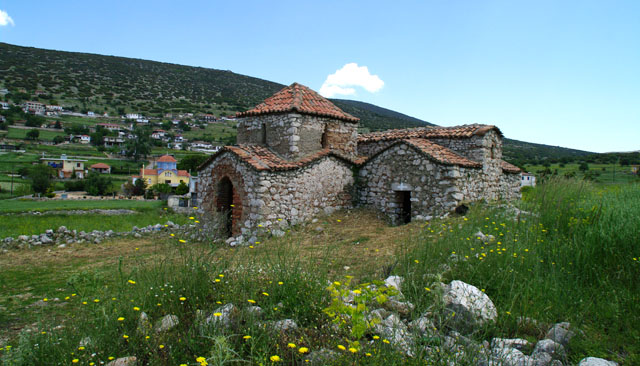 |
||
|
The Church is made of stone, is cruciformed and has a square dome. The only entrance to the sanctuary is on the west side and the decoration is covered in tiles and plastic with a serrated line encompassing the arch, leading its way up to the entrance. |
||
|
The church's interior does credit to the works of the 16th century Cretan School, even if the frescoes themselves are not very well preserved. No dedicatory sign has been salvaged, however the stonework and the untouched murals indicate that it must have been built somewhere within the Byzantine times. It is only possible that the dome has been constructed in much later years. The chapel, annexed next to the Church, has retained a wall painting dedicated to a saint, signed A.K, probably commemorating "Agia Kyriaki". ("Agia" is the Greek definition for a saint). It is still a mystery that the residents of the village "Heli" still address it as "Agia Marina", another saint's name. |
 |
|
|
It was in 1761 that the monks decided to change their place of worship to a New Monastery, with the Superior Father "Heliotis Grigorios Koukiniotis" personally attending and undertaking its erection. According to the dedicatory sign, in 1841, the whole north side of the church was renovated. |
||
|
The New Monastery was incorporated in 1892 with the Abbeys of "Agnountos" and "Gabriel and Michael" for a long period of ten years. The year 1933 saw another merger with the Nunnery of "Karakala". Based on the testimonies of the villagers, the Monastrey remained operational till WWII, caring for the blind of the community. |
||
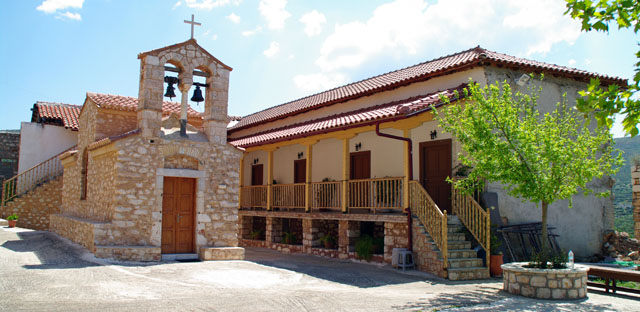 |
||
|
Architecturally, the "Katholikon" is centre-staged in the Monastery, following a cruciformed shape with a hemispherical arch deep within the sanctuary. The church's interior is teeming with frescoes, with the artist's name remaining unknown. The west side of the church carries a bilobed bell tower. |
||
 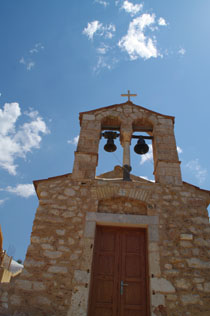 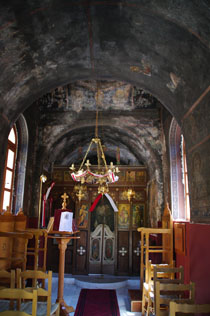 |
||
|
There are efforts, especially by the Nunnery of "Karakalas" to the restoration of the Monastery as well as its visiting attendance. The exact location of the Church can be tracked in the section: Map |
||


